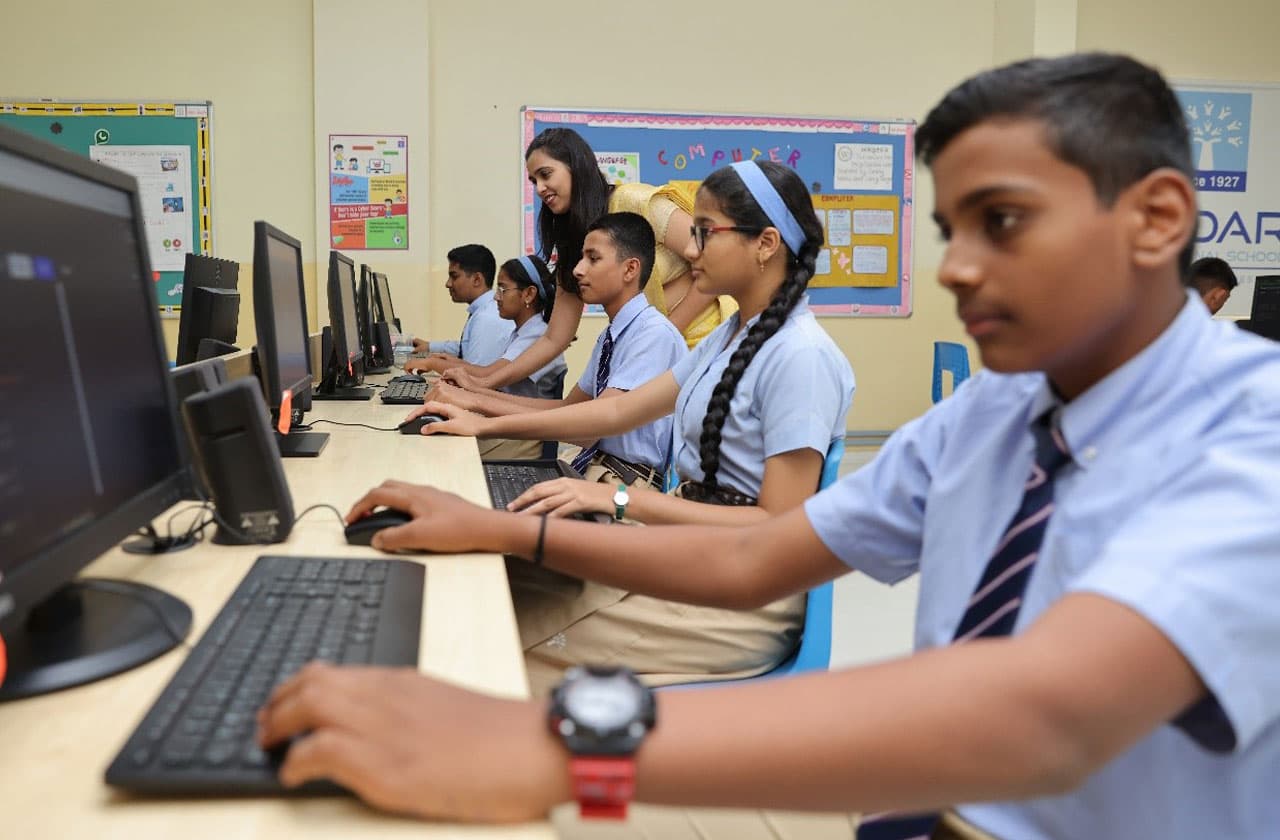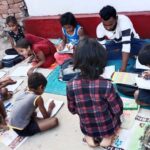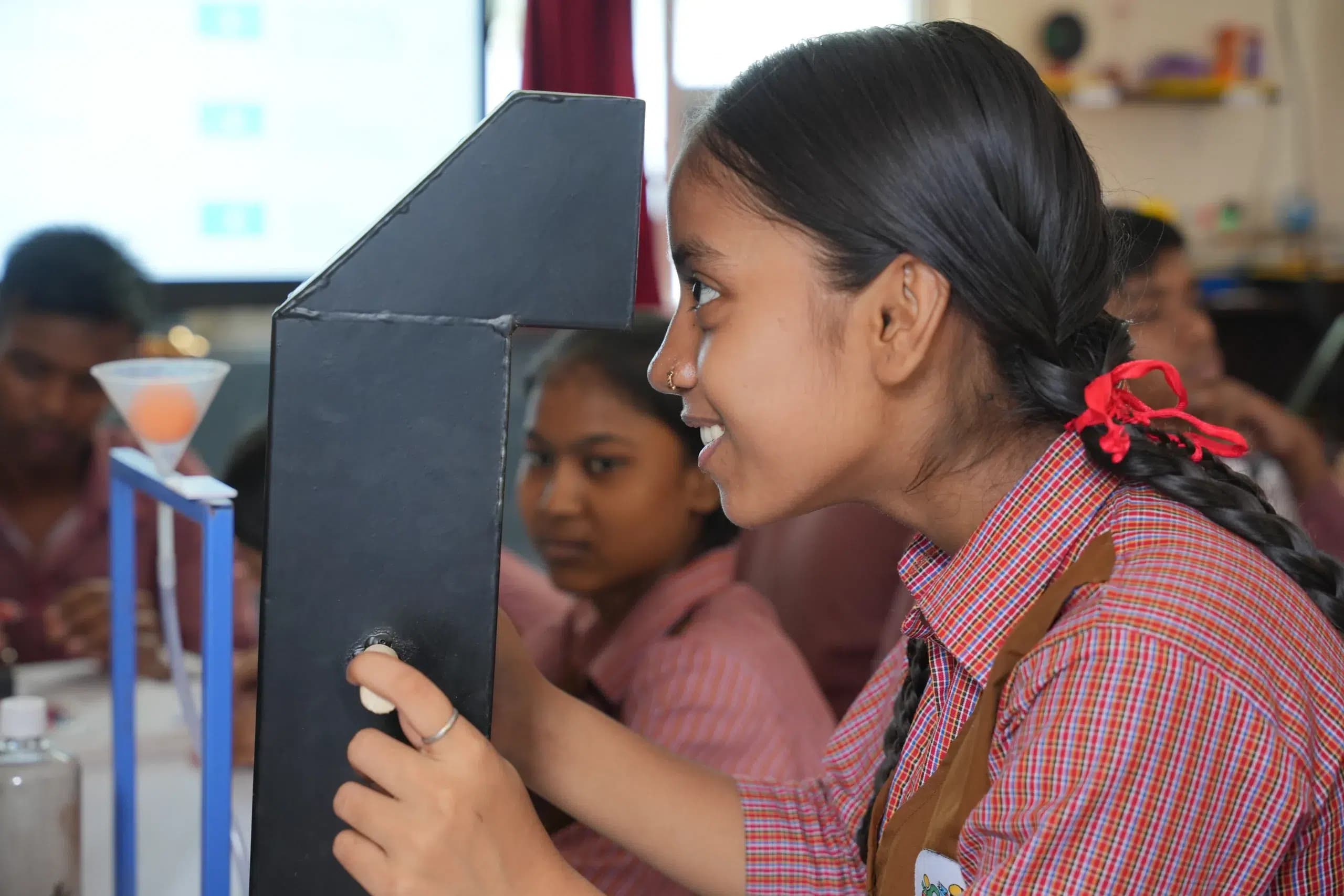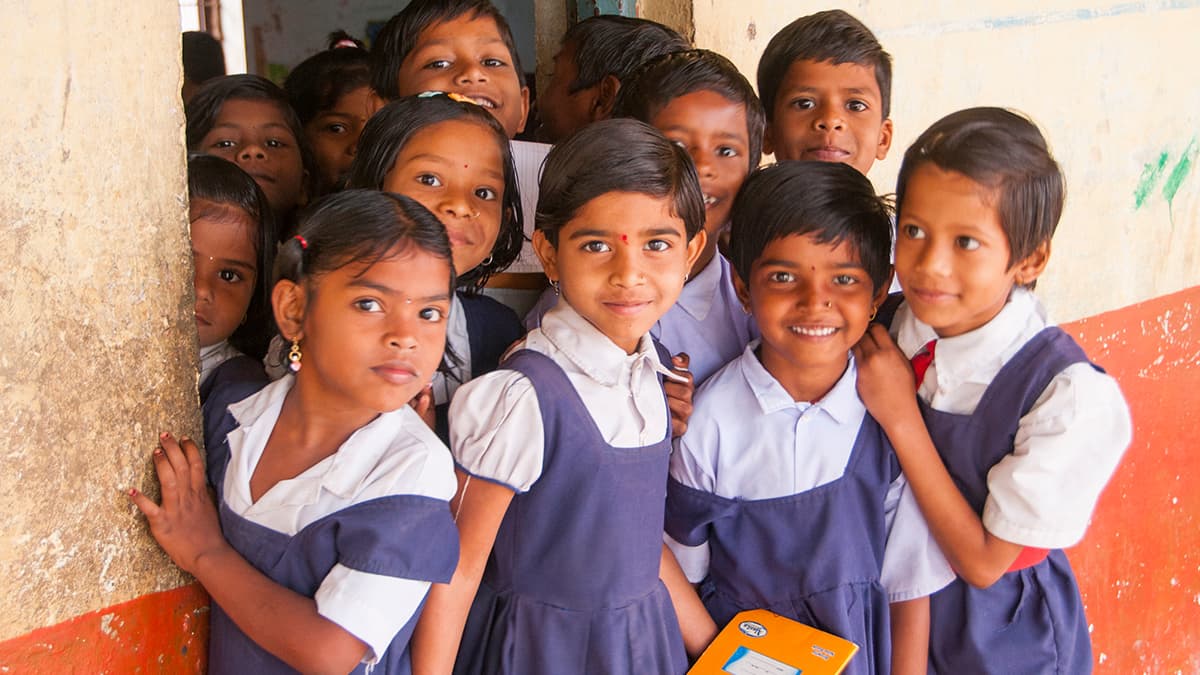With the present age of digitalization, Indian children are spending considerable time online—whether for education, entertainment, or socialization.
Although the internet is full of endless possibilities, it also has a very dangerous threat in the form of cyberbullying, online criminals, stealing information, and access to the wrong content.
The majority of children are not well informed about these dangers, and parents do not have the ability to deal with the fast-changing world of technology. This renders safety on the internet more important than ever.
Teaching kids about being safe online is essential to their health and wellbeing. With the proper guidance, we can help them use the internet effectively and responsibly.
Understanding Online Threats Faced by Children in India
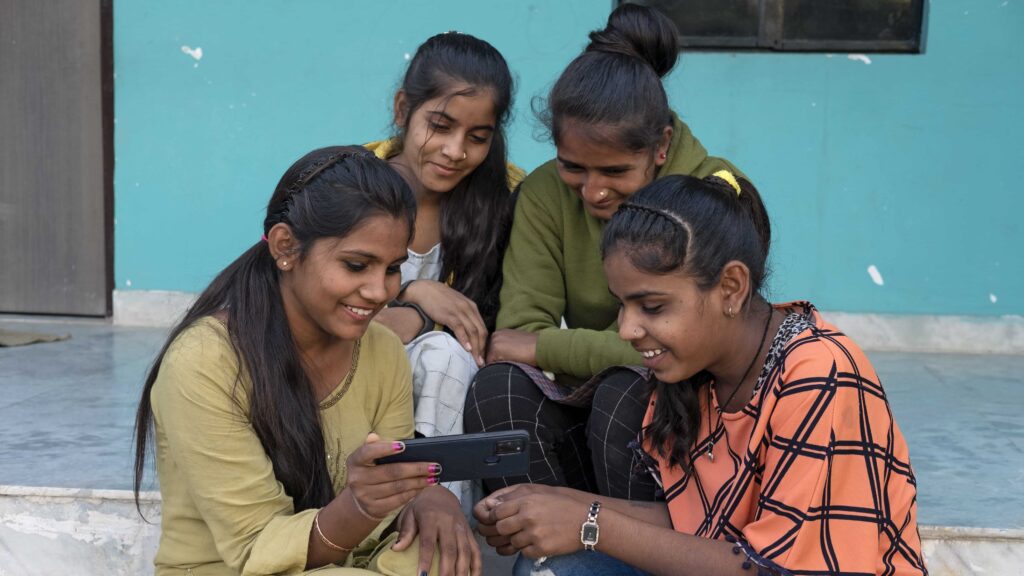
Children in India are exposed to all manner of web dangers, most of which go undetected until substantial damage has been caused. Cyberbullying is one of the biggest concerns, in which children are bullied or ridiculed via social media, messaging apps, or online gaming sites.
Online abusers pretend to be friends so that they can gain the trust of children and misuse them emotionally or sexually. The other emerging threat is exposure to objectionable content, including violence or adult content, which can impact the mental health of a child.
Phishing scams and identity theft are also on the increase, where children inadvertently compromise personal details. These threats tend to be masked behind screens, and thus parents find it difficult to detect them. Education and awareness are the best ways to shield children from these digital threats.
Impact of Unsafe Internet Use on Children’s Well-being

Unsafe use of the internet has a serious effect on a child’s general well-being. Children who are exposed to cyberbullying tend to suffer from anxiety, low self-esteem, and depression.
Others withdraw themselves from friends and family members or lose motivation towards school and hobbies. Being bullied by internet predators or viewing inappropriate material may lead to emotional trauma and confusion, more so with younger children.
Ongoing exposure to dangerous content can also create aggressive tendencies or warped perceptions of reality. Children may become addicted to the internet in certain instances, which negatively impacts their physical well-being, rest, and social life.
In the absence of guidance and boundaries, unsafe use of the internet can harm a child’s mental, emotional, and physical health. Healthy growth requires safe use of the internet.
Role of Parents, Schools, and Communities in Ensuring Online Safety
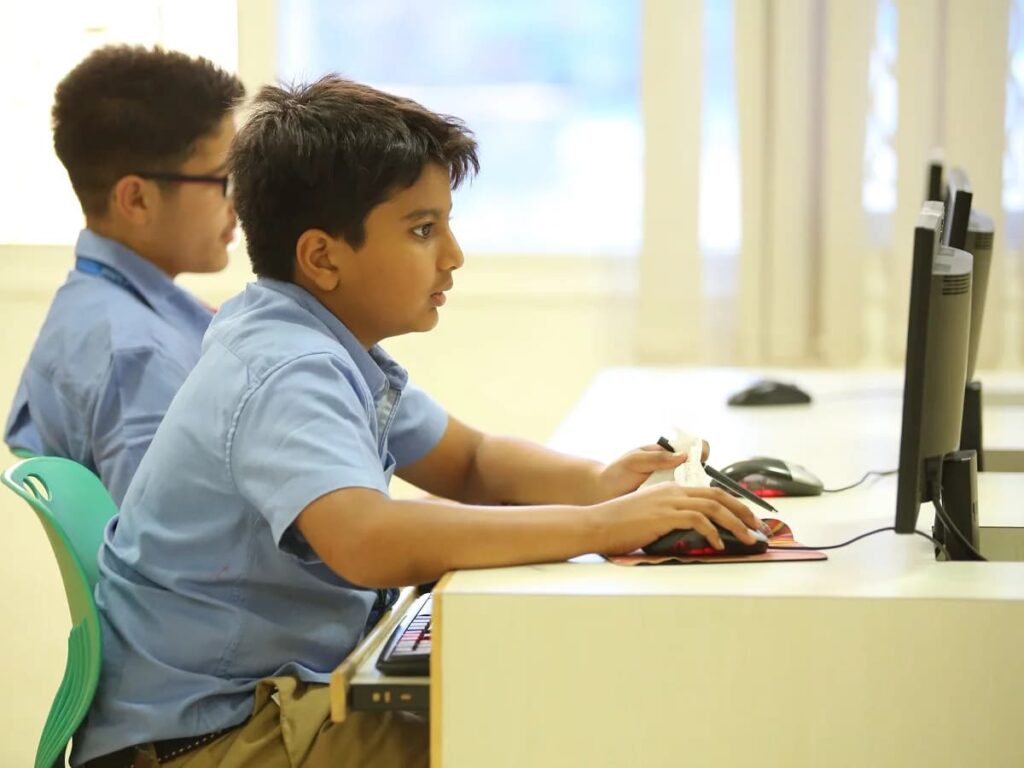
Parents, schools, and communities all have a key role in safeguarding children’s online safety. Parents need to discuss internet use with their children, establish clear rules, and utilize parental controls to filter out unhealthy content.
Parents need to keep themselves informed about new applications and online trends as well. Schools can teach students about digital safety with workshops and class lessons, instructing them on how to identify and steer clear of online threats.
Teachers should promote responsible behavior online as well. Local communities and organizations can raise awareness by running safety campaigns and offering support to families.
When parents, schools, and communities collaborate on all these, children are provided with the guidance, knowledge, and protection required to explore the digital world safely. Collective action has a lasting impact.
Effective Strategies and Tools to Protect Children Online
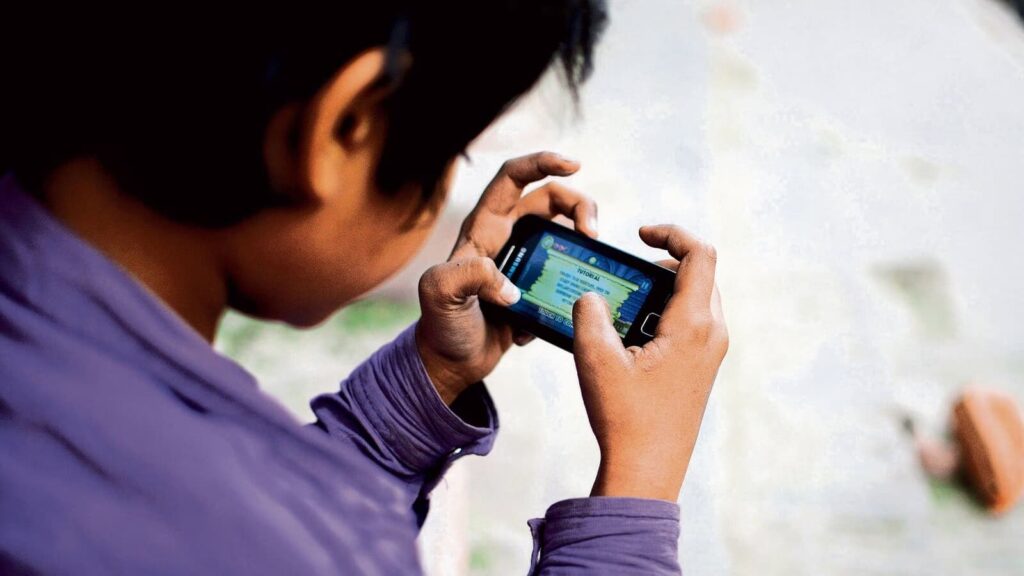
Online protection of children needs a combination of effective tools and strategies. One important step is the application of parental control software, which blocks unsuitable websites, limits screen time, and tracks online behavior.
Another necessary thing is digital literacy—children must understand how to make secure passwords, prevent links from unknown sources, and report undesirable material.
Be open for communication so children do not hesitate to share their experience online. Establishing age-appropriate internet use boundaries and keeping the device in public areas is also likely to reduce risks.
Online safety programs and training sessions can be provided by schools and NGOs to lend support. Parents and caregivers can make the internet safer for children to learn, explore, and grow by integrating smart tools with guidance and education.
Conclusion
Online safety is an essential aspect of raising and educating children in the modern digital age. As internet use increases, children are exposed to actual harms that have impacts on their health.
But with the proper tools, knowledge, and support from parents, schools, and communities, these dangers can be reduced. Through cooperation and keeping oneself knowledgeable, we can guarantee that children can harness the advantages of the internet while remaining safe and secure.


